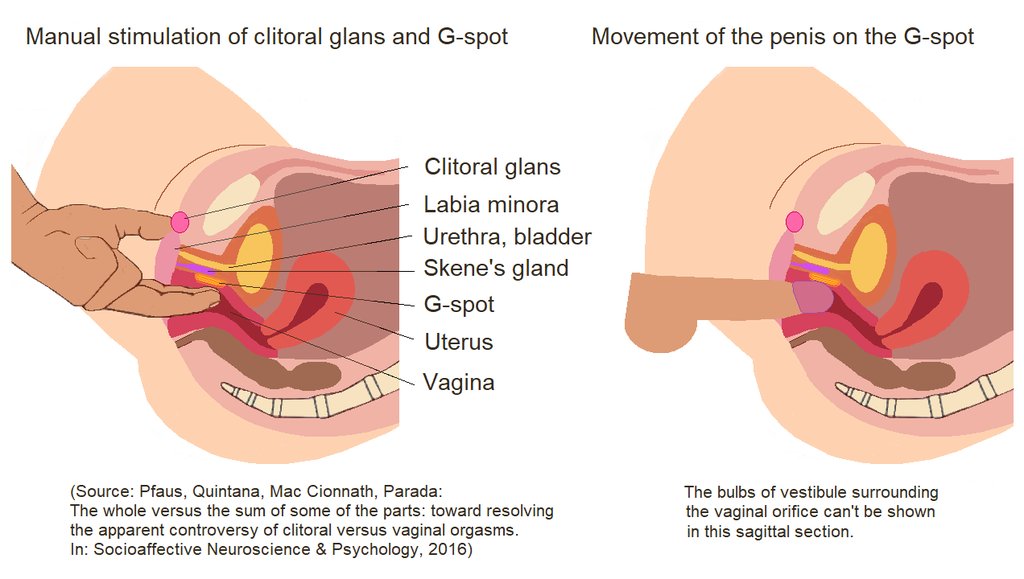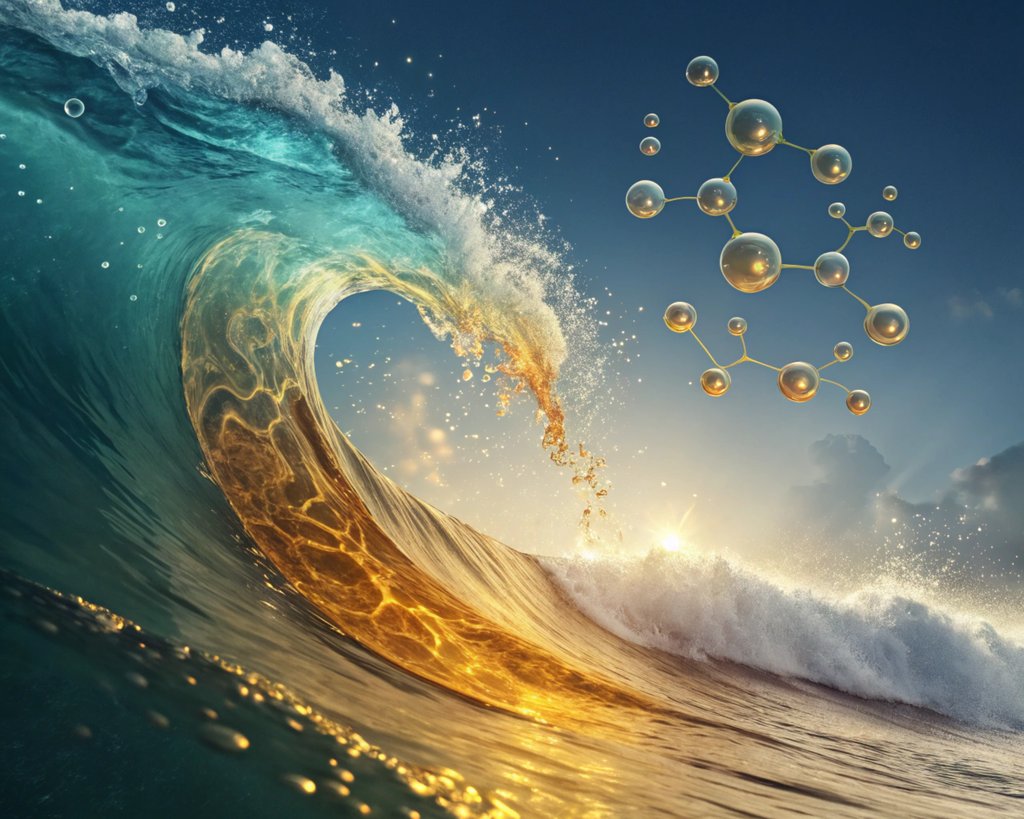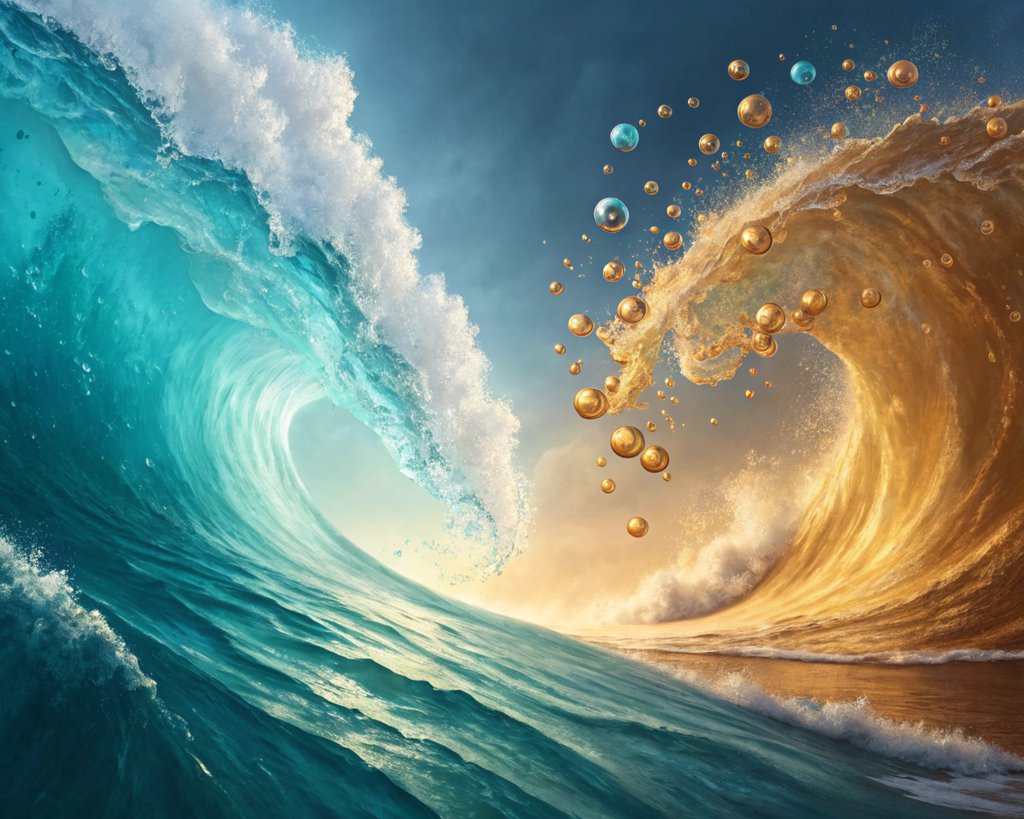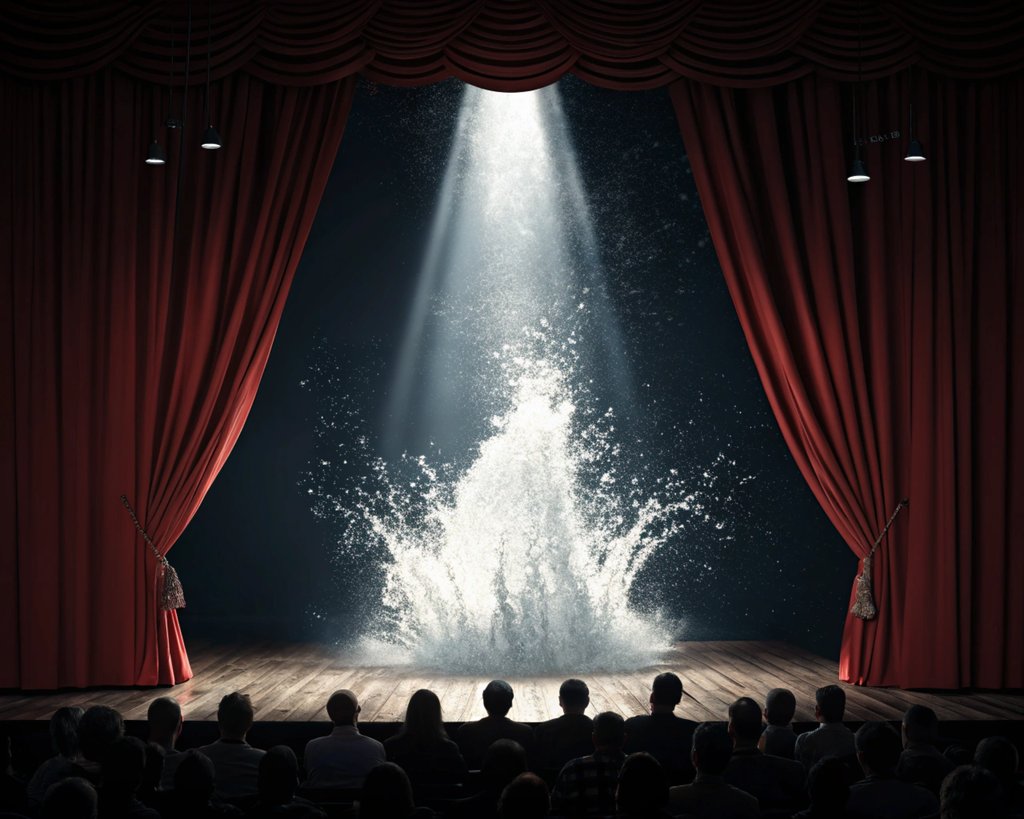
The Great Debate: Squirting vs. Pee – What You Need to Know
Introduction
The phenomenon of squirting, often cloaked in mystery and debate, draws both intrigue and skepticism. Many individuals have encountered information that conflicts over its nature and whether it is a genuine sexual response or merely urination. Understanding the nuances of this debate is essential for anyone interested in sexual health and pleasure. By delving into the intricacies of squirting and its relation to urination, we aim to demystify the discussion and provide clarity on this often-misunderstood topic.
Understanding the Debate
At the heart of the squirting versus pee debate lies confusion about what constitutes female ejaculation and its physiological mechanisms. Some studies suggest that the fluid expelled during squirting contains characteristics similar to urine, leading to the belief that it is simply a matter of involuntary urination during sexual arousal. Conversely, many advocates argue that squirting involves secretions from the Skene’s glands—often referred to as the female prostate—that contribute distinctively to the experience. The lack of consistent scientific consensus in this area fuels the argument, and personal experiences vary widely, complicating the dialogue even further.
The dialogue surrounding squirting is not just about biology; it intertwines with cultural perceptions of female sexuality and performance. Many women report feeling pressure to squirt, which can detract from their sexual enjoyment. Consequently, this debate is more than a scientific inquiry; it addresses societal expectations and the understanding of female pleasure.
The Importance of Distinguishing Squirting from Urination
Distinguishing squirting from urination holds significant importance for sexual health and personal empowerment. Recognizing that squirting is a legitimate and pleasurable response can enhance sexual experiences by encouraging open communication between partners about desires and boundaries. It also provides a critical framework for understanding that not every fluid expulsion during sexual activity should be considered as a sign of function or pleasure.
Furthermore, considering squirting as an aspect of sexual health rather than embarrassment fosters acceptance and exploration. This distinction allows individuals to embrace their bodies and experiences without fear or shame. For those who might worry about the mix-up, addressing the difference between squirting and urination can ease anxiety, thereby promoting a more positive and fulfilling sexual journey. In conclusion, clarity on this topic is vital; it recognizes the complexities of female sexuality while encouraging experiences that prioritize pleasure and comfort.
The Science of Squirting

Squirting, often a topic of intrigue and debate, refers to the expulsion of fluid from the vagina during sexual arousal or orgasm. For many, this phenomenon is considered a natural part of sexual expression, while others remain skeptical about its legitimacy. Understanding the science behind squirting not only demystifies the experience but also sheds light on its relationship with the female anatomy.
What is Squirting?
Squirting, also known as female ejaculation, is the release of a significant amount of fluid from the urethra at the peak of orgasm or sometimes even during arousal. This fluid can vary in volume but is often described as clear or slightly milky. While some women experience squirting frequently, others may never experience it at all, and that’s perfectly normal. Research indicates that squirting is not necessarily an indicator of sexual pleasure or satisfaction but rather an individual physiological response.
The Role of the Skene’s Gland
A crucial component in the discussion of squirting is the Skene’s glands, often referred to as the female prostate. Located near the urethra, these glands produce a fluid that contributes to the ejaculated substance during squirting. Anatomically, the Skene’s glands are responsible for secreting fluids that play a role in lubrication and potentially impact sexual function. Some studies suggest that stimulation of these glands during sexual activity may lead to squirting, but not every woman will have this response. Their presence reinforces the idea that squirting is a natural response tied to female anatomy rather than something abnormal or shameful.
Chemical Composition of Squirting Fluid
The chemical makeup of the fluid expelled during squirting has been a point of contention, further permeating the debate between squirting and urination. Research has shown that while some components of the squirting fluid may resemble those found in urine, such as urea and creatinine, it typically contains a higher concentration of prostate-specific antigen (PSA) and other prostatic fluids. These findings suggest that squirting can be seen as a complex mixture that likely includes both urine and secretions from the Skene’s glands. Thus, while it may not purely be urine, the overlap in composition can lead to misconceptions about the nature of squirting.
Understanding these elements provides greater clarity about squirting and helps mitigate the stigma associated with it, fostering an environment where women can freely discuss and explore this aspect of their sexuality.
The Urination Misconception

The debate surrounding squirting often evokes strong opinions, particularly regarding whether it is simply a form of urination. This misconception can lead to confusion, shame, or even hesitation during intimate moments. Understanding why some believe squirting is pee, as well as examining the scientific studies contributing to this belief, can help demystify this topic and foster a more open dialogue about female ejaculation.
Why Some Believe Squirting is Pee
One of the main reasons people conflate squirting with urination stems from the anatomy involved. Both urine and ejaculate exit the body through the urethra, leading many to assume they are one and the same. Additionally, some individuals report similar sensations during squirting and urination, often causing anxiety about whether they are “peeing” during climax. The prominence of this belief is amplified by popular culture and certain pornographic representations, which may not accurately depict the nuances of female ejaculation.
Furthermore, the lingering stigma surrounding female sexuality leads to skepticism over squirting itself. Misunderstandings about anatomy and processes frequently fuel the idea that squirting is merely an “embarrassing” form of urination. As a result, some people might feel inadequate or ashamed when they cannot reproduce this experience, mistakenly thinking that squirting is essential to sexual satisfaction.
Analyzing Key Studies on Squirting and Urination
Scientific studies on squirting have provided valuable insights, though results are often inconclusive due to small sample sizes and varying methodologies. A notable study published in the Journal of Sexual Medicine found that fluids expelled during squirting contained urea and creatinine, both of which are found in urine. However, proponents of female ejaculation argue that this does not automatically indicate it is the same thing as urination.
Critics of the research have pointed out that the presence of urine in squirting does not diminish the validity of the squirting phenomenon itself. Other studies, including those conducted by sex researchers like Beverly Whipple, suggest that the fluid can also be derived from glands around the urethra, known as Skene’s glands, which produce a distinct fluid that differs chemically from urine.
The ongoing debate in the scientific community underscores the complexity of squirting and urges a broader understanding of human sexuality. While some studies indicate a connection to urine, they also highlight the nuanced difference between the two experiences. By analyzing both the biological and sociocultural factors at play, we can appreciate the diverse experiences of individuals and shift the conversation towards acceptance and understanding.
Differentiating Squirting from Urination

The ongoing debate surrounding squirting often revolves around a central question: is it urine or a distinct form of female ejaculation? To navigate through this murky territory, it’s crucial to distinguish between the two based on a variety of factors, including sensations, visual and olfactory differences, and the volume and patterns of fluid ejection.
Sensations and Experiences
The sensations a person experiences during squirting are typically unique and markedly different from those associated with urination. While urination is often accompanied by a feeling of relief and a strong urge to release, squirting tends to have a buildup of pleasurable sensations that culminate in an orgasm or intense physical release. Many people report that during squirting, they may feel significant pressure, akin to the sensation of needing to urinate, but it’s distinctly tied to the excitement and intensity of arousal. This differentiation is vital because it reflects the emotional and physical connection of squirting to sexual pleasure, contrasting sharply with the involuntary and functional nature of urination.
Visual and Olfactory Differences
Visually, squirting fluid can often differ from urine. The fluid associated with squirting is frequently clearer and may even appear somewhat viscous, resembling other bodily fluids. In contrast, urine typically has a yellowish tint due to the presence of waste products being expelled from the body. When it comes to scent, urine has a distinct, sometimes strong odor, often described as unpleasant, especially when concentrated. In contrast, squirting fluid typically lacks a strong smell, and many describe it as having little to no scent at all. This distinction reinforces the idea that squirting and urination are not equivalent processes.
Volume and Ejection Patterns
Another critical aspect in differentiating squirting from urination involves the volume and patterns of ejection. Squirting fluids can vary significantly from person to person, ranging from small droplets to larger gushing amounts, often dependent on the individual’s level of arousal and relaxation. This ejection pattern is usually characterized by a release at the peak of sexual excitement, and it can be spontaneous or rhythmical, often accentuated by pelvic contractions. In contrast, urination is generally a steady stream that doesn’t correlate with sexual pleasure or arousal. Understanding these differences helps demystify the squirting phenomenon and places it firmly in the realm of sexual expression rather than merely bodily function.
Cultural and Media Influence

The topic of squirting and its distinctions from urination has increasingly come under scrutiny, particularly due to its representation in adult entertainment and mainstream media. Understanding how cultural narratives shape perceptions is crucial for unraveling the complexities surrounding this phenomenon.
Squirting in Adult Entertainment
In adult films, squirting is often dramatized to heighten the viewing experience and engage an audience attracted to exaggerated depictions of sexual pleasure. This sensationalized portrayal frequently leads people to believe that squirting is a normative and significant aspect of feminine sexuality. However, it’s essential to recognize that adult entertainment is designed primarily for visual impact rather than educational accuracy. As a result, these portrayals may mislead viewers into thinking that squirting is something every person with a vagina can or should experience. Furthermore, they may diminish the complexity and diversity of genuine sexual responses by presenting a one-size-fits-all narrative about female pleasure.
Media Portrayals and Misconceptions
The media landscape, including news articles, documentaries, and social media, often reflects and amplifies the sensationalism found in adult films. Terms like “female ejaculation” may be used interchangeably with “squirting,” leading to further ambiguity. Misconceptions arise when narratives frame squirting solely as a performance meant to impress partners, particularly men, or when it is dismissed entirely as mere urination. This binary understanding neglects the spectrum of sexual responses and the varied experiences of individuals. Such portrayals can cause societal stigma and a tendency to shame those who do not engage in squirting, reinforcing harmful stereotypes about sexual adequacy and worth.
The Impact on Personal and Cultural Views
The cultural narratives surrounding squirting significantly affect personal self-image and broader attitudes toward sexuality. For many, the pressure to conform to media-driven expectations may lead to feelings of inadequacy or shame. Individuals who are unable to squirt might question their sexual competence, while those who can may feel that their sexual value is contingent upon their ability to do so. Consequently, the discourse around squirting becomes more about performance and societal approval than personal enjoyment and fulfillment. It’s essential to encourage a more nuanced understanding of sexual experiences, recognizing that pleasure does not need validation through specific physical expressions. Ultimately, reshaping cultural views requires ongoing conversations to expand awareness that sexual fulfillment comes in many forms, beyond what is depicted in media.
The Personal Experience

When it comes to squirting, personal experiences vary widely. For some, it can be an exhilarating and liberating aspect of their sexual repertoire, while for others, it may bring feelings of embarrassment or confusion. Understanding these diverse narratives is crucial to unpacking the broader discussions surrounding squirting and its relationship to bodily functions like urination.
Experiences from Individuals who Squirted
Many individuals who have experienced squirting describe it as a natural and even pleasurable phenomenon. One woman recalls her first squirting experience during a passionate encounter, feeling a rush of excitement rather than embarrassment. “It was completely unexpected,” she shared. “I was caught up in the moment, and suddenly, it just happened. It felt amazing, like a pressure release.” For others, however, the experience can be mixed. Some may feel self-conscious or worry about the mess it creates. “I love the release, but I dread the cleanup afterward,” one participant noted, highlighting how societal norms can cloud the joy of the experience. These testimonials reveal that while squirting can enhance sexual pleasure, personal feelings toward it can range from exhilaration to anxiety, emphasizing that individual contexts and responses play significant roles.
The #NotPee Movement and Its Significance
The #NotPee movement emerged as a response to the longstanding debate about whether squirting is merely urination. Originated by those who advocate for the normalization and acceptance of squirting, the movement seeks to educate others about the different fluids involved and the science behind female ejaculation. Many participants championed the cause on social media, sharing anecdotes and research that differentiate squirting from urination. The significance of this movement lies not only in the push for accurate representation of female sexual experiences but also in creating an inclusive space for those who might feel shame or discomfort surrounding squirting. As more individuals speak out, the stigma attached to squirting diminishes, paving the way for acceptance and understanding of varied sexual expressions.
The Psychology of Squirting
Squirting can also be understood through a psychological lens. For some, the act of squirting is deeply embedded in sexual arousal and pleasure, serving as a natural physical response to stimuli, much like orgasm. However, the mental barriers around squirting—such as fear of embarrassment or perceptions of inadequacy—can inhibit the experience. Many women express that when they are pressured to squirt or perceive it as an achievement in their sexual encounters, their body tends to respond negatively. A relaxed mindset that prioritizes pleasure over performance can indeed facilitate squirting. Thus, addressing the psychological components—both the desires and anxieties surrounding squirting—can be instrumental in shaping individual experiences. The journey toward understanding squirting is not only about the physical act but also about embracing confidence and dismantling societal pressure surrounding female sexuality.
Techniques and Tips

Squirting, often surrounded by myth and mystery, can be a rewarding experience for many. Whether you’re looking to explore this phenomenon with a partner or by yourself, understanding the right techniques and being aware of individual differences is crucial. Here are some tips to encourage squirting and enhance the experience for everyone involved.
Ways to Encourage Squirting
To increase your chances of experiencing squirting, first focus on creating a comfortable and stimulating environment. Hydration is key, so drink plenty of water beforehand, as being well-hydrated can make squirting easier. Engage in extended foreplay to heighten sexual arousal and relaxation. This can include kissing, body mapping, and stimulation of erogenous zones.
When it comes to actual techniques, G-spot stimulation is paramount. This can be achieved through the use of fingers or sex toys with a curved design specifically aimed at the G-spot, located along the vaginal wall on the front side. The “come-hither” motion can help, as can applying pressure with your fingers. Combining this with clitoral stimulation can also enhance the experience and increase the chances of ejaculation. Remember, patience and a relaxed mindset are essential; stress and tension can inhibit squirting, so take your time to enjoy the process.
Understanding Individual Variability
It’s important to recognize that every body is unique, and what works for one person may not work for another. Some individuals may find squirting easy to achieve, while others may not experience it at all, and that’s completely normal. Factors influencing this variability include anatomy, comfort levels, and psychological aspects.
Some people may squirt with only G-spot stimulation, while others may require a combination of G-spot and clitoral stimulation. Understanding that there’s no one-size-fits-all approach will help reduce pressure and increase enjoyment. Explore with an open mind and prioritize pleasure over the end goal of squirting. What’s most important is having fun and discovering what feels good for you or your partner.
Advice for Partners and Solo Explorers
For partners, communication is key. Encourage open conversations about comfort levels, preferences, and desires. Check in regularly to ensure that what you’re doing feels good for your partner and be responsive to their feedback. Remember, the focus should be on shared pleasure, not solely the act of squirting.
If you’re exploring solo, take the time to understand your body. Use a mirror to identify erogenous zones and try different techniques at your own pace. Incorporate personal devices like vibrators to help isolate the sensation and find what works best for you. Most importantly, don’t get discouraged if squirting doesn’t happen immediately. Focus on building a pleasurable experience, and remember that whether or not you squirt, your sexual exploration is valid and exciting.
Conclusion
The debate surrounding squirting and whether it is urine has persisted for years, often leading to confusion and shame for those who experience it. By examining the research and recognizing the nuances of female anatomy, it becomes clear that the relationship between squirting and urine is more complicated than a simple binary choice. Rather than fixating on whether squirting is merely the act of peeing, it’s more important to focus on individual experiences and the pleasure they bring. Ultimately, dissecting the science can help demystify this natural response, fostering a more positive understanding of female sexuality.
Re-Evaluating the Debate
As we dive deeper into the complexities of squirting, it’s essential to move past the outdated notions and misconceptions that have clouded this topic. Research suggests that the fluid expelled during squirting may contain both urine and secretions from the Skene’s glands, often referred to as the female prostate. Thus, it may not be accurate to categorize squirting solely as either one or the other. Re-evaluating the debate opens the door to a broader discussion about female sexuality, acknowledging that each person’s experience is unique. Shifting the focus from what squirting “should” be to what it genuinely represents for the individual can lead to more meaningful discussions about sexual health and pleasure.
Encouraging Open Conversations on Female Sexuality
Embracing open conversations about female sexuality is crucial in normalizing the experiences surrounding squirting. When people feel comfortable discussing their experiences without fear of judgment, it paves the way for education and understanding. Whether through intimate conversations with partners, sharing experiences in safe spaces, or engaging in sex-positive forums, discussing these topics can empower individuals to explore their desires and challenges. This open dialogue not only destigmatizes squirting but also advances the broader objective of fostering a healthy sexual culture where all experiences are respected and valued. Let’s make space for these conversations, emphasizing pleasure over performance and knowledge over ignorance.